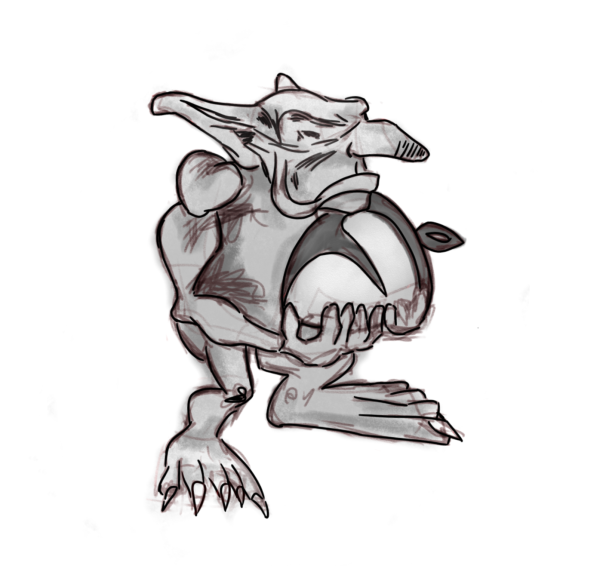Letter to The Editor: My Shoulders Should Not Be Seen as Sexual
In the 1990s, dress codes were established originally to limit gang activity on school campuses. However, they have evolved into a mode of shaming women into believing that their bodies are something to be ashamed of and sometimes punished for. Dress codes that actively assume that certain clothes are automatically sexual, particularly clothes worn on women’s bodies, can therefore shame and punish the women that wear them, systematically contributing to the idea that women’s bodies are inherently sexual, yet they have no control over their sexuality.
There are many problems concerning dress codes. For example, the Claremont High School dress code states “Certain types of clothing can also cause a disruption of the educational process and/or compromise the safety of students and faculty. The guidelines are not intended to hinder students’ individuality or hamper their freedom, rather to prepare them for the world beyond high school.” The idea that certain types of clothing can cause a disruption in the educational process is alone absurd. If a student is having a hard time focusing on their education because of what someone else is wearing, it would seem logical to conclude that the garment or outfit is not the problem but the lack of focus in the distracted student is. Also, the guidelines technically do prepare students for the “world beyond high school” because it teaches students, particularly female students, that their bodies will always be sexualized without their control.
Another guideline that reeks of misogyny is the requirement which states that students are not allowed to wear “garments that reveal excessive cleavage”. Obviously this statement is geared towards women, and the problem with it is that it sends the message to women that not only are their bodies inherently sexual but that teachers or administrators have the right to tell a woman when she is dressing sexually or not. This toxic idea projects the message that women do not have control over their sexuality, which stems from the outdated idea that women are objects, here on this world specifically to be used by men. It also doesn’t take into account the fact that all bodies do not look the same, which is also a tactic used to body shame women. Instead of trying to collectively hide skin and sexualize students, the dress code can acknowledge that bodies differ, which is something that a student shouldn’t be punished for. We must change the dress code and have it focus less on the sexualization of women to make it more body positive.
Some might find the dress code harmless; however, the majority of the Claremont High School dress code parameters contribute to a society in which women’s bodies are hyper sexualized. The dress code does have some positive aspects; nonetheless, the overall effect is negative. There is no way that the policing of women’s bodies can be positive, or have a positive effect, on anyone. In order for toxic ideas to be eradicated from young minds, the dress code must be changed to accommodate more body types and focus less on targeting one sex over the other. The Claremont High School dress code has aspects that are not beneficial to the students.
Dress codes are understandably important, yet they still have a long-term negative effect on young teenagers’ body image and perception of others. If the dress code was changed to place less importance on how much skin is shown, it would result in less unnecessary punishment and a more positive learning environment. We are at school to learn and gain knowledge, not to worry about how a school official or teacher perceives our outfit. After all, a tank top is just a tank top, a piece of cloth, and there is nothing sexual about it. Change the way you think, so I don’t have to change my shorts.
Hello there! Our goal is to provide relavent, engaging journalism for readers of all ages. Your donation will support the student journalists of the Wolfpacket at Claremont High School, and will allow us to purchase equipment, print our monthly issues, and enter in journalism competitions. We appreciate your consideration!








